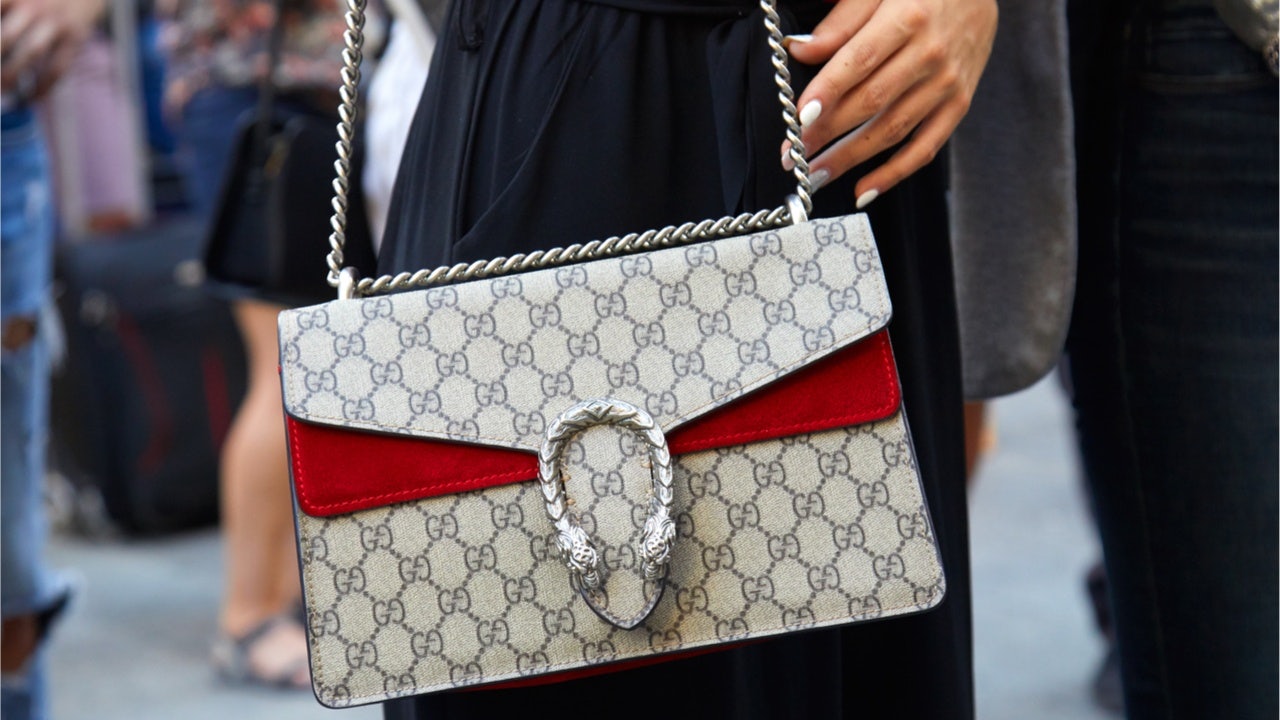Key Takeaways:#
- The US should see better growth than Mainland China in luxury over the next few months.
- Some positive factors are macro-related and aren't in brands’ control. As such, a US growth lead might be temporary.
- Longer-term, however, the US still has an emerging market profile for the sector.
I've got a feeling…#
Two weeks ago, I was walking the streets of Manhattan to get a gift for my daughter’s birthday. While there, I found it hard to take a breather in Central Park on the Great Lawn or in Sheep’s Meadow because there was virtually no space to sit down. Stores were completely packed. I had to wait for 45 minutes outside of the 5th Avenue Nike flagship, which had been deserted not long ago. Meanwhile, there were hordes of people waiting to get a seat on a terrace at Upper West Side bars and restaurants.
All my eligible family members and everyone I know have gotten their two shots. Remember those articles last April talking about the death of New York City? As Mark Twain would have said: “The reports of my death are greatly exaggerated.” New York restaurant owners like to say that we are back at pre-COVID-19 levels. Frankly, I can’t remember a time pre-COVID-19 when it was so difficult to book a table. I think pent-up demand is putting businesses well ahead of pre-COVID-19 levels. And acquaintances are smiling as they see traffic jams coming back, imagine that.
I don’t brag about New York’s comeback with my friends in Continental Europe, as lockdowns are only gradually coming to an end now, nor with my friends in Asia, as quarantine measures remain very tough throughout. But I understand the enthusiasm.
The US is back in (the luxury) business#
Wealthy consumer enthusiasm in the US is being fueled by many macro elements that, by essence, might not stick around. Equity markets might have had a slight tech-related wobble, but we are still very close to their all-time highs. Interest rates may have picked up somewhat in the last week but look at the past 40 years — those low levels are bringing back a demand on property purchases. And “staycationing,” the reality of staying at home, saving on hotels, flights, and the like, has been supportive, allowing high-end consumers to focus on buying “stuff.”
The fear might be that when long-haul flights resume meaningfully, you will have a staycationing reversal trend, and luxury demand will suffer. Two things on that. First, most luxury managers will agree that it is not an either/or (wealthy individuals who start booking fancy vacation trips again will, in fact, also want to look good.) Separately, while domestic travel has rebounded swiftly, given the very disparate stages of vaccination rates by country, I don’t think American citizens will rush to book long-haul flights just yet.
Domestic luxury purchases in the US are bound to impress in the short term, and many observers point to stimulus checks supporting luxury spending. But I don’t really believe that a 600 check will go directly to a Coach bag or a Gucci wallet. It does, however, help sentiment if many believe the administration is helping the country get back on its feet.
The US now and then versus Mainland China#
The surge in luxury sales in the US can be explained pretty simply. Firstly, the comparison is incredibly favorable as stores shut mid-March last year when consumer confidence took a big hit. Second, as previously mentioned, vaccination rates have gone up swiftly, with close to half of the American population having received one shot and more than 35 percent having been fully vaccinated. That, combined with the macro factors I mentioned, has driven the pent-up luxury demand we are seeing. As such, US growth rates will likely look a lot better than growth rates in Mainland China because luxury demand started rebounding there as early as April of 2020.
Long term, the US luxury market remains promising as the country is young and diverse. Separately, if there were a correlation between financial means and luxury demand in the US, it would already be a much bigger luxury market. But the hurdles against US luxury growth — wanting value for money and buying guilt — have gradually gone down. There is also hope that the many new luxury consumers who have appeared over the past twelve months will return. And, perhaps more importantly, that those buyers will influence others to make their first luxury purchases, too.
However enthusiastic I might be about brands' developing in the US, I still know that Mainland China's wealth creation is still so great, it will surely remain at the heart of the luxury business for many years ahead, despite one or two-quarters of stunning growth in the US.
Erwan Rambourg has been a top-ranked analyst covering the luxury and sporting goods sectors. After eight years as a Marketing Manager in the luxury industry, notably for LVMH and Richemont, he is now a Managing Director and Global Head of Consumer & Retail equity research. He is also the author of Future Luxe: What’s Ahead for the Business of Luxury (2020) and The Bling Dynasty: Why the Reign of Chinese Luxury Shoppers Has Only Just Begun (2014).

